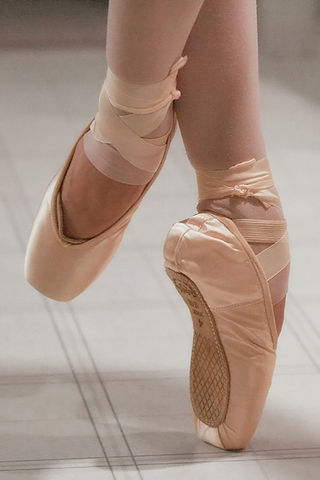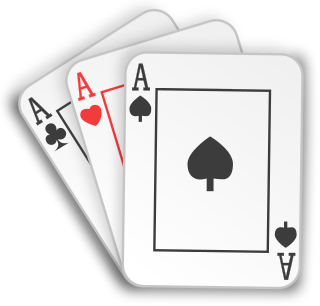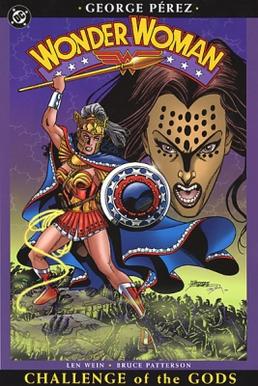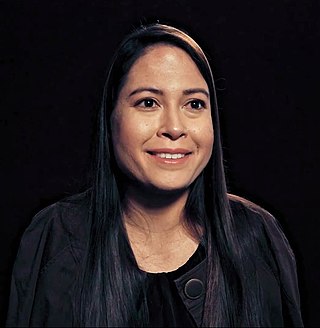In North America, a sideshow is an extra, secondary production associated with a circus, carnival, fair, or other such attraction.

Freaks is a 1932 American pre-Code drama horror film produced and directed by Tod Browning, starring Wallace Ford, Leila Hyams, Olga Baclanova, Roscoe Ates and Harry Earles.

Phocomelia is a congenital condition that involves malformations of human arms and legs which results in a flipper-like appendage. A prominent cause of phocomelia is the mother's use of the drug thalidomide during pregnancy; however, the causes of most cases are to be determined.

Foot binding, or footbinding, was the Chinese custom of breaking and tightly binding the feet of young girls to change their shape and size. Feet altered by footbinding were known as lotus feet and the shoes made for them were known as lotus shoes. In late imperial China, bound feet were considered a status symbol and a mark of feminine beauty. However, footbinding was a painful practice that limited the mobility of women and resulted in lifelong disabilities.

A pointe shoe, also called a ballet shoe, is a type of shoe worn by ballet dancers when performing pointe work. Pointe shoes were conceived in response to the desire for dancers to appear weightless and sylph-like and have evolved to enable dancers to dance en pointe for extended periods of time. They are manufactured in a variety of colors, most commonly in shades of light pink.

Wonder Woman, known for seasons 2 and 3 as The New Adventures of Wonder Woman, is an American superhero television series based on the DC Comics comic book superhero of the same name. It stars Lynda Carter as Wonder Woman / Diana Prince and Lyle Waggoner as Steve Trevor Sr. and Jr., and aired for three seasons, from 1975 to 1979. The show's first season aired on ABC and is set in the 1940s, during World War II. The second and third seasons aired on CBS and are set in the then-current day late 1970s, with the title changed to The New Adventures of Wonder Woman.

Frances O'Connor was an American entertainer. Born without arms, she made her living appearing in circus sideshows billed as the armless wonder or the living Venus de Milo. She would perform normal actions such as eating, drinking, writing and smoking a cigarette, using her feet. She also did knitting and sewing with her feet as a hobby. She worked firstly with AI G Circus and then from the mid-1920s to the mid-1940s with Ringling Brothers and Barnum and Bailey travelling circuses.

The Unknown is a 1927 American silent horror film directed by Tod Browning, and starring Lon Chaney as carnival knife thrower "Alonzo the Armless" and Joan Crawford as his beloved carnival girl Nanon. Originally titled Alonzo the Armless, filming took place from February 7 to March 18, 1927 on a $217,000 budget.

Elizabeth Green, billed professionally as Elizabeth Green the Stork Woman, was an American sideshow performer who was presented to audiences as a human stork during the early 1900s. Her large, long nose and thin bone structure earned her the "Stork-Woman" title. A genetic condition was responsible for her unusual features, though she had no other known medical problems.

Teen patti is a gambling card game. Teen Patti originated in India and is popular throughout South Asia. It originated in the English game of three-card brag, with influences from poker. It is also called flush or flash in some areas.
Congenital amputation is birth without a limb or limbs, or without a part of a limb or limbs.

"Challenge of the Gods" was a seven issue comic book story arc written and drawn by George Pérez, with co-writing by Len Wein. It is the second arc of the Wonder Woman title that was, at the time, recently relaunched.

Charles B. Tripp (1855-1930) was an artist and sideshow performer.

A freak show is an exhibition of biological rarities, referred to in popular culture as "freaks of nature". Typical features would be physically unusual humans, such as those uncommonly large or small, those with intersex variations, those with extraordinary diseases and conditions, and others with performances expected to be shocking to viewers. Heavily tattooed or pierced people have sometimes been seen in freak shows, as have attention-getting physical performers such as fire-eating and sword-swallowing acts.

Mary Belle de Vargas was an American artist from Louisiana, known as "the Armless Marvel".

Eli Bowen was an American sideshow performer known as "The Legless Wonder", or "The Legless Acrobat". He was also billed as "The Handsomest Man in Showbiz" and the "Wonder of the Wide, Wide World". His peak weight was 140 pounds (64 kg); his height was 24 inches (61 cm).

Jessica Cox is the world's first licensed armless pilot, as well as the first armless black-belt in the American Taekwondo Association. She was born without arms due to a rare birth defect.
Liu Wei is a Chinese disabled pianist from Beijing who won the first series of China's Got Talent at the age of 23 by playing the piano with his toes.

A levitation illusion is one in which a magician appears to defy gravity by making an object or person float in the air. The subject may appear to levitate unassisted, or it may be performed with the aid of another object in which case it is termed a "suspension".

Tattooed ladies were working class women who acquired tattoos and performed in circuses, sideshows, and dime show museums as means for earning a substantial living. At the height of their popularity during the turn of the 20th century, tattooed ladies transgressed Victorian gender norms by showcasing their bodies in scantily clad clothing and earned a salary considerably larger than their male counterparts. Tattooed ladies often used captivity narratives as a means for excusing their appearance, and to tantalize the audience. The popularity of tattooed ladies waned with the onset of television.

















